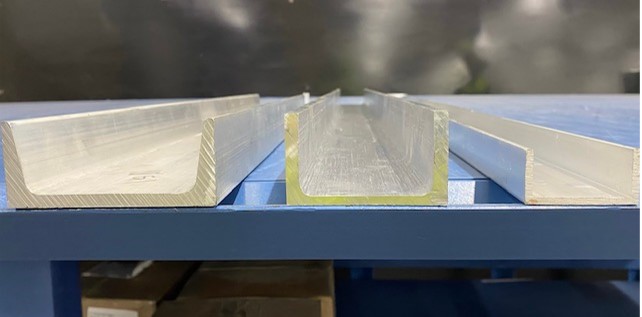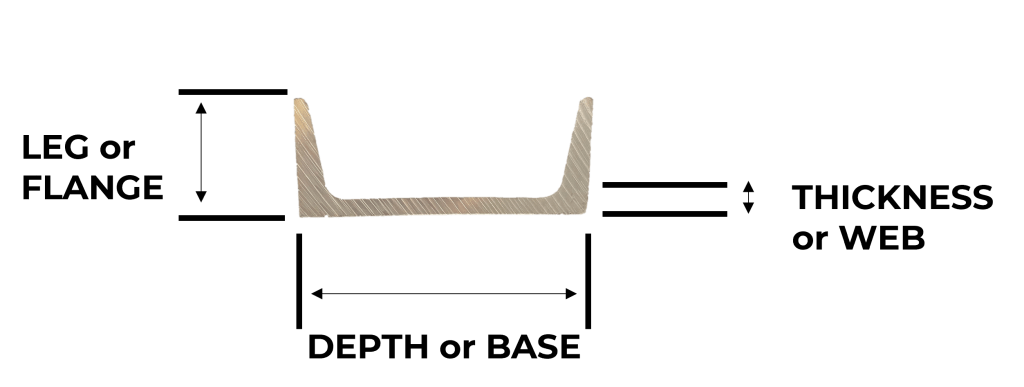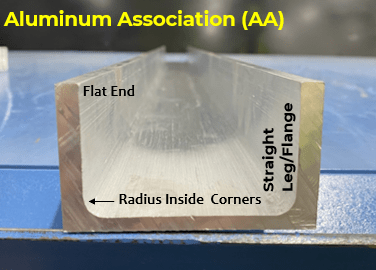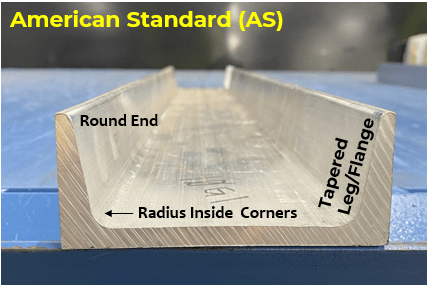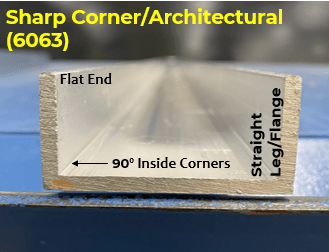Extruded aluminum has become an essential material in modern manufacturing, as it offers versatility, strength, and corrosion resistance. Through the extrusion process, aluminum is heated until malleable and then forced through a die to create precise shapes and profiles. This method allows for consistent, high-quality results that meet the exact specifications required for a wide variety of applications.
Here are the top five applications of extruded aluminum, showcasing why it is favored for projects requiring lightweight, durable, and cost-effective materials.
1. Automotive Components
The automotive industry is one of the largest consumers of extruded aluminum, as it relies on materials that are both lightweight and durable. With its high strength-to-weight ratio, extruded aluminum contributes to vehicle fuel efficiency and improved performance, while also offering corrosion resistance and ease of fabrication.
Uses of Extruded Aluminum in Automotive Components
- Vehicle Frames and Chassis: Extruded aluminum is frequently used for vehicle frames and chassis, as it provides essential structural support without adding excessive weight. The lighter frame contributes to better fuel efficiency, which is increasingly important as manufacturers aim to meet sustainability standards.
- Heat Exchangers and Radiators: Aluminum’s excellent thermal conductivity makes it ideal for components that dissipate heat, such as heat exchangers and radiators. Extruded aluminum allows for the creation of thin, efficient fins that maximize airflow and cooling capabilities in automotive applications.
- Interior Trim and Panels: Lightweight and easy to shape, extruded aluminum is used for interior trim and paneling in car designs, offering a premium look and feel. Its corrosion resistance also ensures a long-lasting finish that withstands wear and tear over time.
2. Aerospace Structures
In the aerospace industry, materials that are both strong and lightweight are essential for aircraft safety and performance. Extruded aluminum meets these requirements, offering durability and structural integrity while keeping aircraft as light as possible.
Uses of Extruded Aluminum in Aerospace Structures
- Aircraft Fuselages and Frames: Extruded aluminum provides the structural strength needed to construct aircraft fuselages and frames. Its lightweight nature helps reduce overall aircraft weight, which in turn improves fuel efficiency and range.
- Wing and Tail Components: Components like wings and tails, which experience high stress during flight, benefit from the strength and flexibility of extruded aluminum. Its ability to withstand extreme forces while maintaining shape and durability is essential for flight stability.
- Cabin Interiors: In addition to structural applications, extruded aluminum is used for interior components, such as seat frames and overhead compartments. Aluminum’s lightweight properties make it easy to handle during assembly, while its sleek finish enhances the aircraft’s aesthetic appeal.
3. Electronics and Consumer Goods
Extruded aluminum is widely used in the electronics and consumer goods industries, where its thermal conductivity, lightweight properties, and durability are highly valued. In products such as laptops, smartphones, and home appliances, extruded aluminum provides both functionality and a sleek, modern look.
Uses of Extruded Aluminum in Electronics and Consumer Goods
- Heat Sinks and Cooling Components: Extruded aluminum’s excellent heat dissipation capabilities make it ideal for use in heat sinks and cooling components in computers, televisions, and other electronics. Its ability to draw heat away from sensitive electronic parts prolongs the lifespan of devices and enhances performance.
- Laptop and Smartphone Casings: Aluminum’s combination of strength, light weight, and aesthetic appeal makes it a popular choice for casings in laptops and smartphones. Extruded aluminum casings are durable enough to protect delicate internal components while giving the devices a sleek appearance.
- Appliance Frames and Handles: Extruded aluminum is commonly used in household appliances, such as refrigerators and ovens, where durable frames and handles are required. Its corrosion resistance ensures these components maintain their appearance and function over time, even with frequent use.
4. Building and Construction
Extruded aluminum has become a staple in the construction industry, where its durability, flexibility, and low maintenance needs make it ideal for a range of architectural applications. Its resistance to corrosion makes it particularly suitable for outdoor and high-humidity environments.
Uses of Extruded Aluminum in Building and Construction
- Window and Door Frames: Aluminum’s strength and lightweight properties make it a popular choice for window and door frames, especially in large buildings. Extruded aluminum frames are easy to install, corrosion-resistant, and able to withstand various weather conditions.
- Curtain Walls and Facades: Curtain walls and facades made from extruded aluminum enhance building aesthetics while providing structural support. These aluminum elements are also lightweight, which reduces the load on the building’s foundation and can be customized to fit various architectural styles.
- Handrails and Balconies: Extruded aluminum is also used for handrails, balcony railings, and other safety features in construction. Its durability ensures long-term performance. It can also be anodized or powder-coated for a wide range of finishes to complement any design.
5. Renewable Energy Systems
As the renewable energy sector grows, so does the need for materials that support sustainability and efficiency. This makes extruded aluminum a valuable resource in this field. Its lightweight properties, corrosion resistance, and adaptability allow it to serve as a reliable structural material in solar panels, wind turbines, and other renewable energy systems.
Uses of Extruded Aluminum in Renewable Energy Systems
- Solar Panel Frames: Extruded aluminum is commonly used in the frames of solar panels, where it provides structural integrity while remaining lightweight. Aluminum frames are easy to transport, install, and maintain, which is essential for large solar installations.
- Wind Turbine Components: Components within wind turbines, such as support frames and connectors, benefit from the strength and lightweight properties of extruded aluminum. Aluminum’s corrosion resistance also makes it suitable for outdoor environments where exposure to moisture and salt air can be an issue.
- Mounting Systems for Renewable Equipment: Aluminum’s adaptability makes it ideal for manufacturing mounting systems that support various types of renewable energy equipment. Its lightweight nature reduces installation time and labor costs while providing stability in all weather conditions.
Discover the Versatility of Extruded Aluminum with FastMetals!
FastMetals is your trusted partner for all things metal, catering to DIY enthusiasts and hobbyists. Whether you’re building custom furniture, repairing household fixtures, creating art pieces, or tackling a one-of-a-kind project, our extruded aluminum selection offers the perfect combination of strength, durability, and precision. From simple profiles to complex shapes, we provide the materials you need to turn your vision into reality.
With fast shipping of 1 to 2 business days and reliable service, FastMetals is your trusted source for aluminum materials—explore our collection and find the right fit for your manufacturing needs today!


